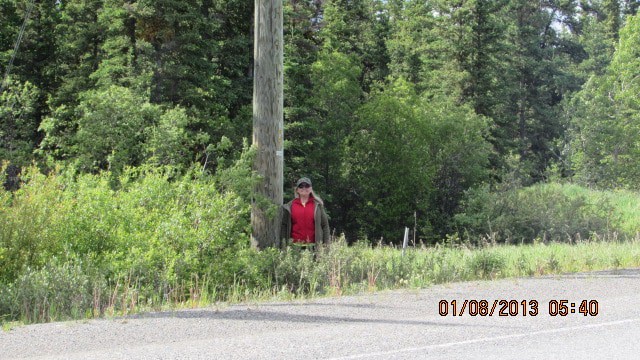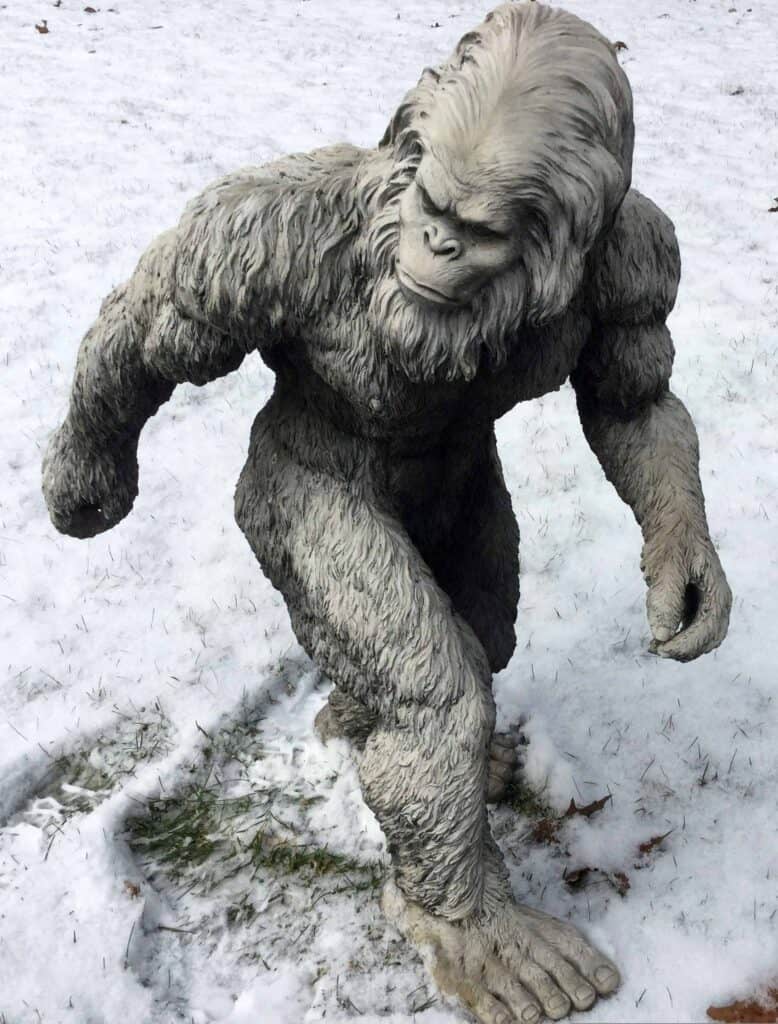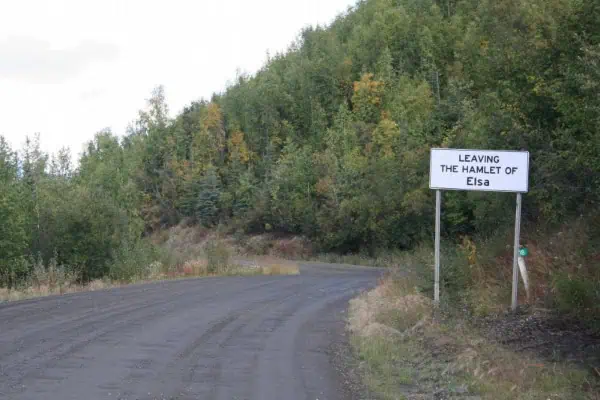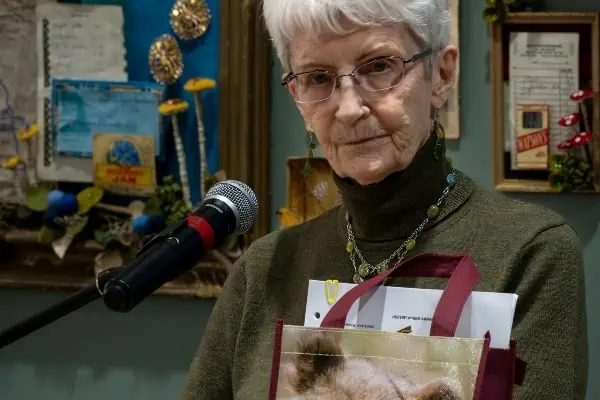Introducing The Sasquatch


For as long as humans have been in the Yukon, they have shared this vast land not only with various animals but also with this unclassified, giant bipedal, hirsute hominoid entity commonly known as Sasquatch.
Through the years, these ambulating creatures have been identified by many names: the most common Yukon terms are probably Bushman, Bocq, Hairy Giant, Forest Giant, Ghanne, Kushtaka, Keecho, Nahganne and Wildman (in addition to the crude and silly expression of Bigfoot).
The term Sasquatch was coined by John Walter Burns (1888–1962) in the late 1920s. At the time, Burns was a school teacher and government Indian agent at the Sts’Ailes Nation (formerly known as the Chehalis First Nation) reserve, a short distance away from Harrison Hot Springs in British Columbia.
He had arrived in the area in 1925, and he soon started writing articles of interesting everyday activities for local and regional newspapers. Many of his stories related to various First Nations Peoples of that area: their daily lives and activities, their hunting practices, their history and that sort of thing.
Often, members of these First Nations would talk about strange hair-covered, humanlike giant creatures they had often come in contact with in the bush, calling them Sasqu’ets, a name originating from the Halkomelem dialect of the Sts’Ailes (a.k.a. Chehalis) First Nations.
Burns had heard of these strange creatures from an old friend, as well, the ethnologist and folklorist Charles Hill-Tout (1858–1944) who had written books about the various First Nations of British Columbia, each of his books presenting stories and factual details about the old customs of the Pacific and Salish First Nations.
Burns became more interested in these First Nation anecdotes and started using these humanlike giants as the subject of his writings. However, to make his articles more interesting, he switched the original name Sasqu’ets to the English-sounding term, Sasquatch.
One of his stories reached Macleans Magazine in April of 1929, under the title of “Introducing B.C.’s Hairy Giants”—a collection of strange tales about British Columbia’s wild men, as told by those who say they have seen them.
Burns’ interest in Sasquatch continued: in January of 1937, a local newspaper called The Chilliwack Progress presented an article entitled “The Sasquatch: A Collection of Extraordinary and Weird Tales About the Hairy Giants of the Chehalis Hinterland.”
In recent years, Sasquatch has become an interesting-if-puzzling subject for many people across North America who have become interested in this phenomenon. The reason for this increased interest is probably because Sasquatch enthusiasts, like me and many others, have been reporting more Sasquatch-related activities throughout North America.
I have been interested in the Sasquatch phenomenon for over 20 years. During that period of time I have gathered many anecdotes, tales and stories about these giant bipedal entities, as told to me by people of various backgrounds, although most of them were Yukon First Nations. In every instance, I investigated these accounts to ascertain the validity and the accuracy of the reported activities.
It is my intention to present the readers of What’s Up Yukon with various Sasquatch-related activities, experiences, strange encounters and occurrences that Yukoners have shared with me through all these years.
These happenings, shared by witnesses, include sightings, some with the subjects actually vanishing in front of the witnesses; unexplained and unidentified vocals of various types, like strange soft vocals, whistles, yells, shrieks, howls or clicking from unseen sources; unusual activities by family dogs while in the bush; sequential tree-knocking and rock-banging occurrences; strong, unidentified and short foul-smell occurrences; the discovery of large humanlike footprints, often part of a foot track; windless tree-thrashing occurrences heard and observed by witnesses; people being the victims of rocks and debris being thrown at them, often by an unseen source; unidentified bipedal movements in the forest; feelings of not being wanted in some location, with hirsute erections or odd feelings that one must leave a location for an unknown reason; or a combination of various events taking place together, and those sort of occurrences.
You are invited to follow this exciting odyssey of “Tales Of Nahganne” through a series of monthly columns.




